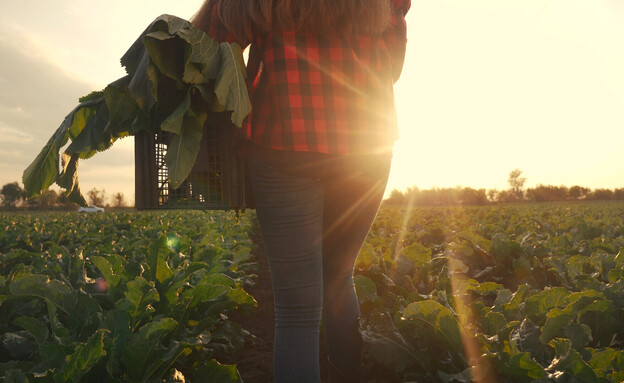And what should we be careful about?
Although in Israel it is not possible to find the wild garlic plant but other species of garlic, even here over the years there have been cases of confusion between poisonous plants and edible plants that have led to real danger. “Sometimes people misidentify the plant, and in other cases they don’t know how to use it and if, for example, it is necessary to cook it before eating,” explains Avivit Berkovich, an expert in collecting wild plants for food and medicine, and the author of the book “The Guide for Nature Lovers.” Berkovich, who has been in the field for several years, says that she has come across quite a few cases that could have ended in disaster. “Someone told me that she had given her two-year-old son to eat ‘cherry tomatoes’ grown in her garden. When she sent me the picture, I saw that it was not tomatoes but a plant known as ‘Solanum zithani’, whose fruits are indeed very similar to cherry tomatoes, but they contain a toxin dangerous to the nervous system.” . She notes that in this case the dose was apparently low, so luckily nothing happened to the child.
Berkovich points to other plants that may cause confusion, such as the hemlock plant, which these days is at the beginning of its flowering, and some may confuse it with the parsley leaves. “Rush Akod belongs to the sukchi family, which also includes many edible plants such as carrots, celery and parsley. It is a very large family, but some of the plants in it are poisonous.” According to her, the plant can be found all over the country – from the north to the Be’er Sheva line, both in nature and in urban areas. “The plant contains a toxin called quinine, which disrupts the activity of the nervous system and can bring the need to the point of respiratory arrest.” She also states that “last year a woman was cleaning the garden of weeds, when suddenly in the evening she felt that she could not move or speak. Due to being close to the plant throughout the day, the toxin was absorbed in her body and attacked the nervous system.”
Berkovich explains that the secret to correct and careful picking is in the exact identification of the plant. “It’s important to look at more than one part of the plant, and not just the leaves or the fruit. That way you’ll make sure the identification marks line up.” She also encourages to read and study the topic in depth before going out to collect the plants.
